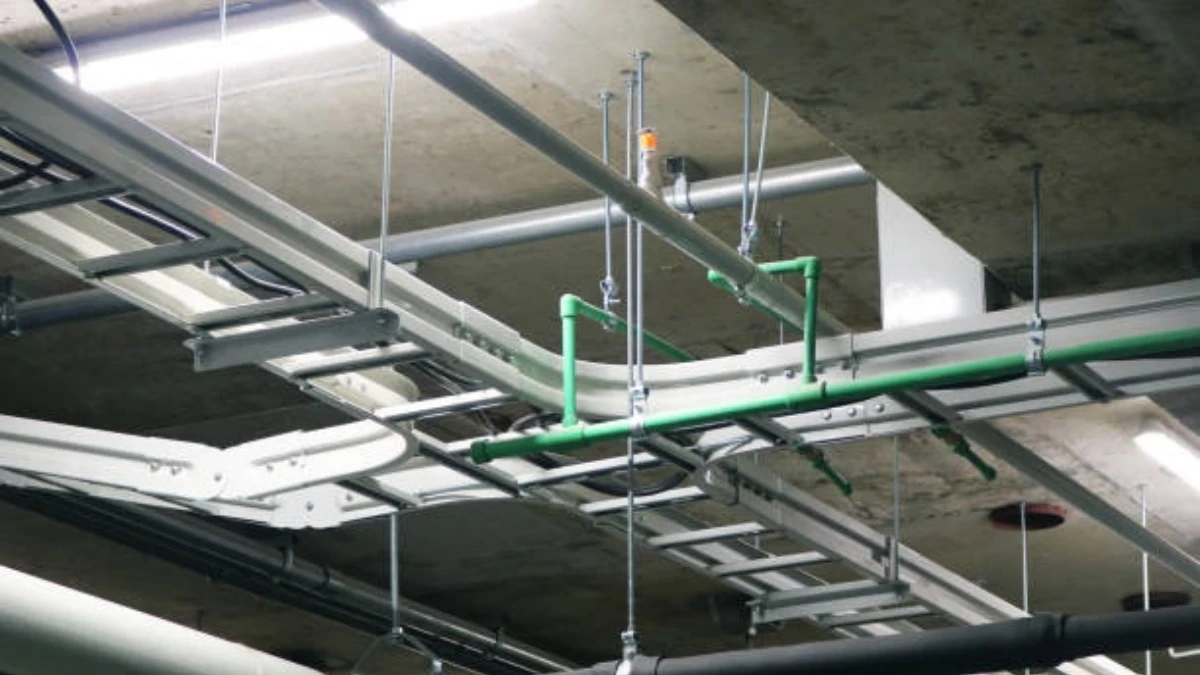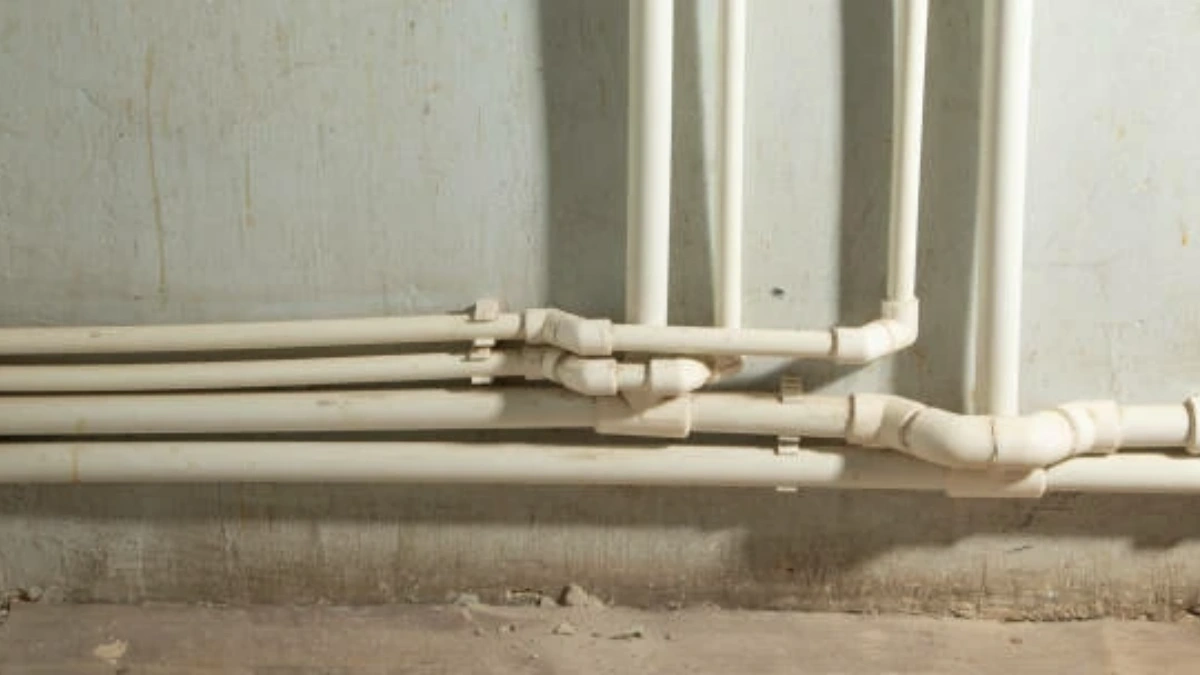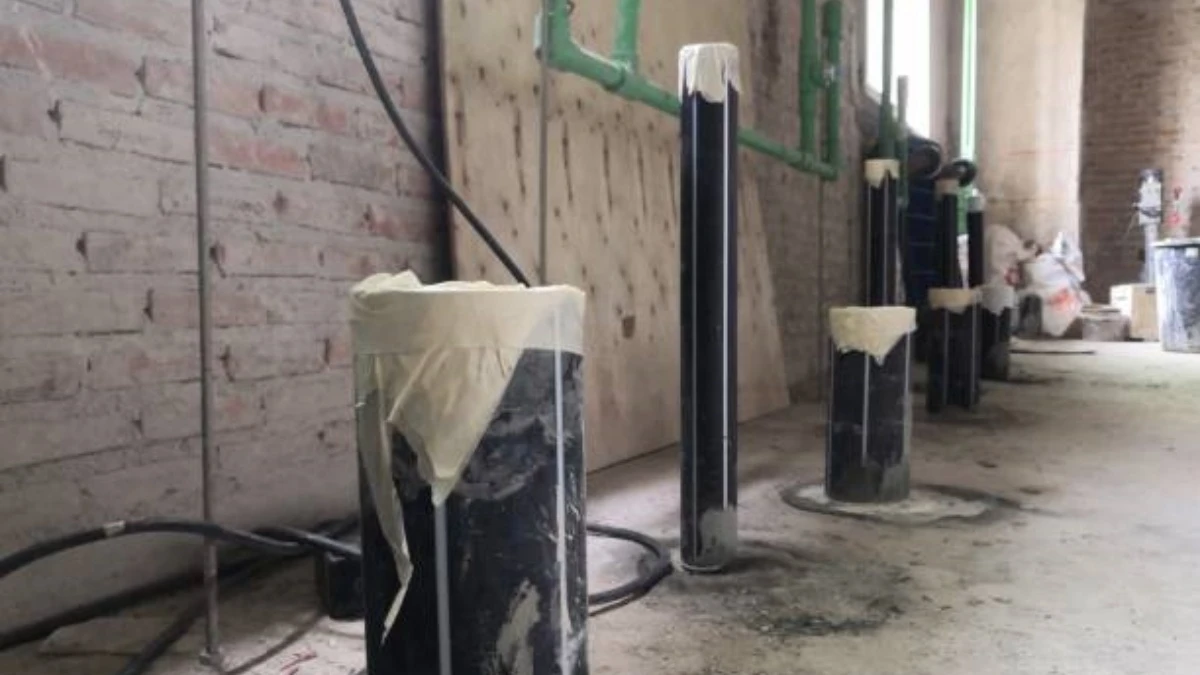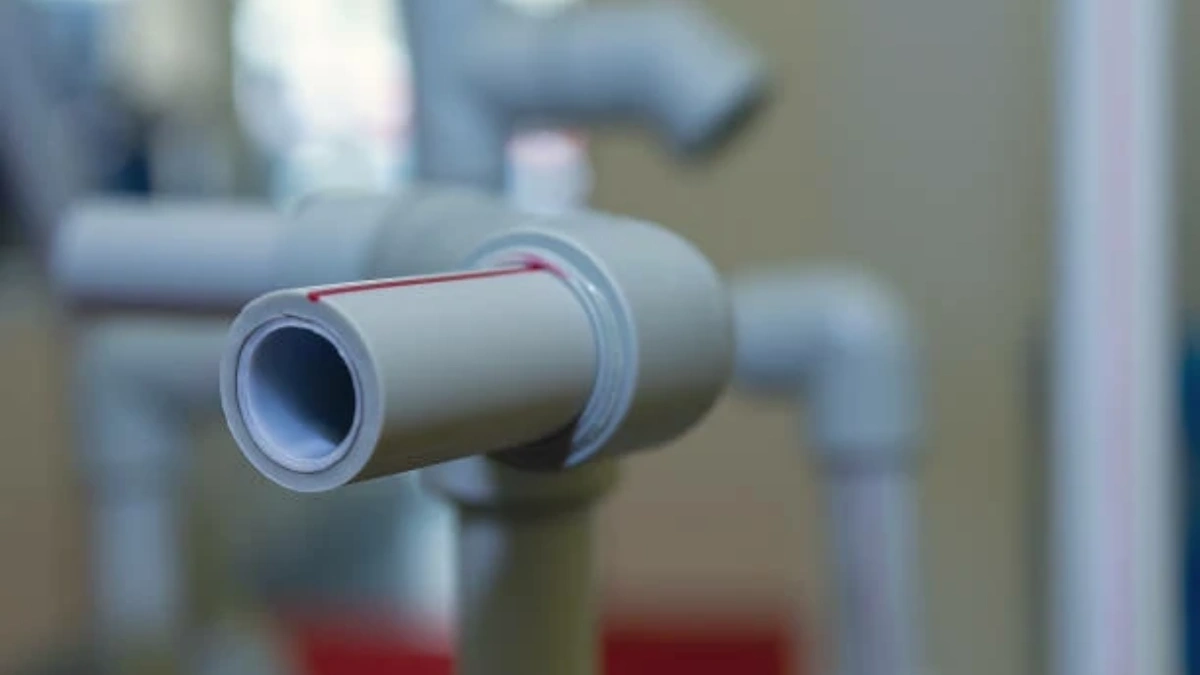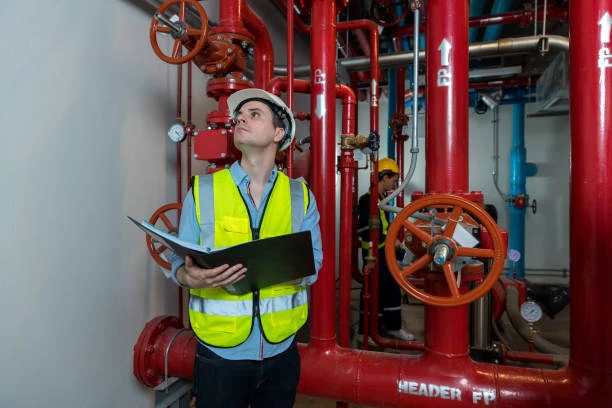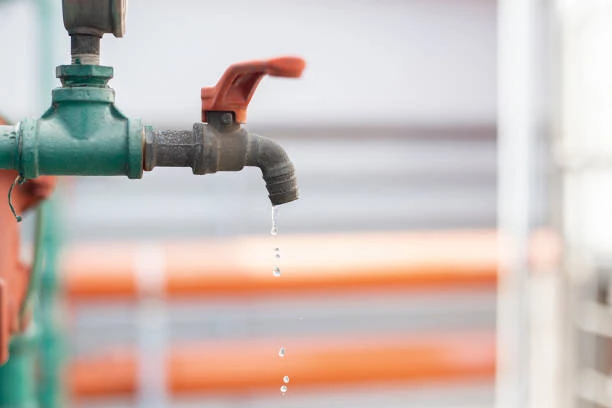Premium quality plumbing pipe ensures durable, completely leak-free water supply system for any modern home application. This comprehensive guide covers everything homeowners need to know about maintaining different types of plumbing pipes, from common issues to preventive care strategies.
The Importance of Regular Pipe Maintenance
Many homeowners don’t think about their plumbing pipes until a problem arises, but proactive maintenance offers numerous benefits:
- Prevents Emergency Repairs: Small issues like minor leaks or slow drains can escalate into major problems if left unaddressed. Regular maintenance helps catch these early.
- Protects Water Quality: Corroded or deteriorating pipes can introduce contaminants into your drinking water. Proper care ensures clean, safe water.
- Saves Money: The EPA estimates that household leaks waste nearly 1 trillion gallons of water annually nationwide. Fixing leaks promptly reduces water bills.
- Maintains Home Value: Well-maintained plumbing is a key factor in home appraisals and inspections when selling your property.
- Prevents Structural Damage: Undetected leaks can cause wood rot, mold growth, and foundation issues that are expensive to repair.
Understanding Your Plumbing System
Before addressing maintenance, it’s important to understand what kind of pipes you have in your home. Most modern homes use one or a combination of these materials:
- Copper pipes: Durable and long-lasting, but can develop pinhole leaks over time due to water chemistry or improper installation.
- PEX pipes: Flexible and freeze-resistant, but sensitive to UV light and certain chemicals.
- PVC pipes: Affordable and easy to install, but can become brittle in cold temperatures.
- Galvanized steel: Found in older homes, prone to corrosion and mineral buildup that restricts water flow.
Each material requires slightly different maintenance approaches. For example, copper pipes benefit from regular inspections for green patina (a sign of oxidation), while PEX pipes need protection from sunlight exposure and certain pest control chemicals that can degrade the material.
Detailed Maintenance by Pipe Type
Copper Pipe Care
- Check for blue-green stains indicating corrosion
- Monitor for pinhole leaks, especially in areas with acidic water
- Insulate to prevent condensation and heat loss
- Avoid hanging heavy objects from pipes
PEX Pipe Maintenance
- Protect from UV exposure (important for outdoor or garage installations)
- Check fittings annually for signs of wear
- Ensure proper support spacing (every 32 inches for horizontal runs)
- Be cautious with pest control chemicals near pipes
PVC Pipe Upkeep
- Protect from extreme temperature fluctuations
- Check for cracks or brittleness, especially in unheated spaces
- Use proper solvent cement for any repairs
- Avoid excessive pressure (keep below 80 psi)
Galvanized Steel Concerns
- Watch for rust-colored water indicating internal corrosion
- Monitor water pressure drops that suggest mineral buildup
- Consider replacement if pipes are more than 40 years old
- Be aware that partial replacements can accelerate corrosion
Seasonal Maintenance Checklist
Different seasons bring different challenges for your plumbing:
Winter Preparation (Fall Tasks):
- Drain and winterize outdoor faucets and irrigation systems
- Insulate pipes in unheated areas like basements, crawlspaces, and garages
- Test sump pump operation if applicable
- Locate and label your main water shutoff valve
Spring Thaw Actions:
- Check for leaks that may have developed over winter
- Inspect pipe insulation for damage
- Test water pressure throughout the house
- Clean gutters and downspouts to direct water away from foundation
Summer Maintenance:
- Flush water heaters to remove sediment buildup
- Check for leaks in outdoor faucets and hose bibs
- Inspect washing machine hoses for bulges or cracks
- Clean aerators on all faucets
Year-Round Monitoring:
- Monthly checks under sinks for moisture or leaks
- Quarterly drain treatments with enzyme cleaners
- Annual professional inspection of entire system
- Immediate attention to any changes in water pressure or quality
Advanced Maintenance Techniques
For homeowners who want to go beyond basic maintenance:
- Water Pressure Monitoring
Install a pressure gauge (available at hardware stores) to track variations that could indicate developing problems. Ideal home water pressure should be between 40-60 psi. - Pipe Labeling System
Clearly label all shutoff valves and create a plumbing map of your home. This saves valuable time during emergencies. - Water Quality Testing
Annual water tests can reveal pH levels and mineral content that affect pipe longevity. Many local health departments offer free or low-cost testing. - Drain Camera Inspections
Consider professional camera inspections every 3-5 years to check sewer lines for root intrusion or developing blockages. - Pipe Descaling
For homes with hard water, periodic descaling treatments can remove mineral buildup and extend pipe life.
Professional vs. DIY Maintenance
While many maintenance tasks are DIY-friendly, some situations require professional expertise:
Call a Plumber For:
- Whole-house repiping projects
- Sewer line repairs or replacements
- Gas line work (never attempt DIY)
- Water heater installations
- Major leaks behind walls or under slabs
DIY-Friendly Tasks:
- Replacing washers in leaky faucets
- Cleaning aerators and showerheads
- Insulating accessible pipes
- Using a plunger or drain snake for clogs
- Installing water hammer arrestors
Warning Signs of Failing Pipes
Be alert for these indicators that your pipes need attention:
- Discolored Water
Brown or yellow water often signals pipe corrosion. - Decreased Water Pressure
Sudden drops may indicate mineral buildup or leaks. - Unusual Noises
Banging, whistling, or gurgling sounds suggest various issues. - Higher Water Bills
Unexplained increases frequently reveal hidden leaks. - Visible Corrosion
Rust, green patina, or flaking on pipes requires immediate action.
Frequently Asked Questions
1. How often should I replace my plumbing pipes?
Replacement timelines vary by material. Copper lasts 50+ years, PEX 40-50 years, and PVC 25-40 years. Galvanized steel pipes typically need replacement after 20-50 years.
2. What are the signs I need to replace my pipes?
Look for frequent leaks, discolored water, low water pressure, or visible corrosion. These indicate your pipes may be failing.
3. Can I prevent pipe corrosion?
Yes. Install a water softener if you have hard water, avoid chemical drain cleaners, and consider protective pipe coatings for metal pipes.
4. Why do my pipes make noise?
Banging noises often indicate water hammer, while whistling may mean high water pressure. Gurgling sounds could signal drain line issues.
5. Should I insulate my hot water pipes?
Yes. Insulating hot water pipes reduces heat loss and can lower energy bills by 3-4% annually.
By following these maintenance guidelines and addressing issues promptly, you can keep your plumbing system functioning efficiently for years to come. Remember that small investments in preventive care today can prevent major expenses tomorrow. For complex issues or if you’re unsure about any aspect of pipe maintenance, always consult with a licensed plumbing professional.
